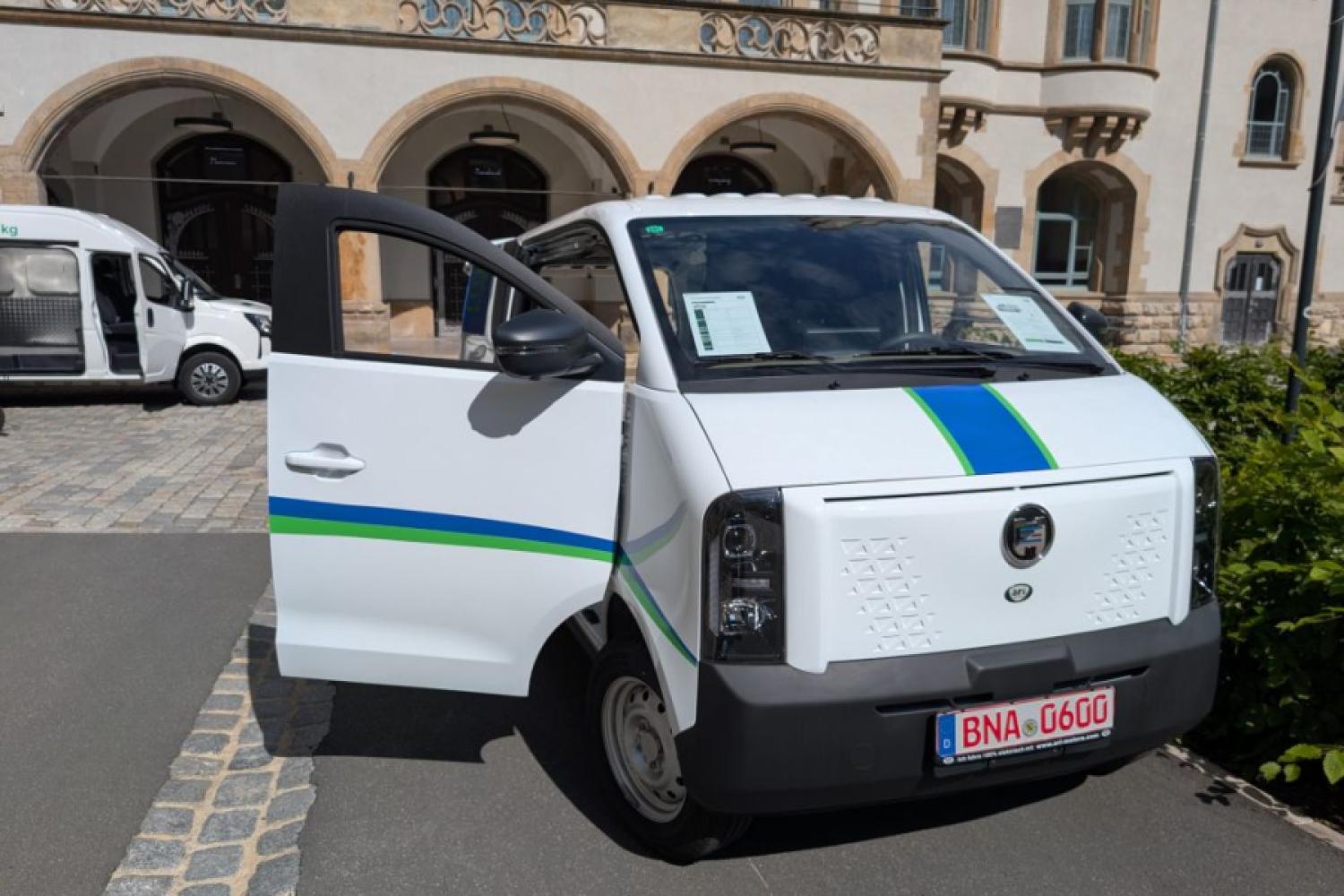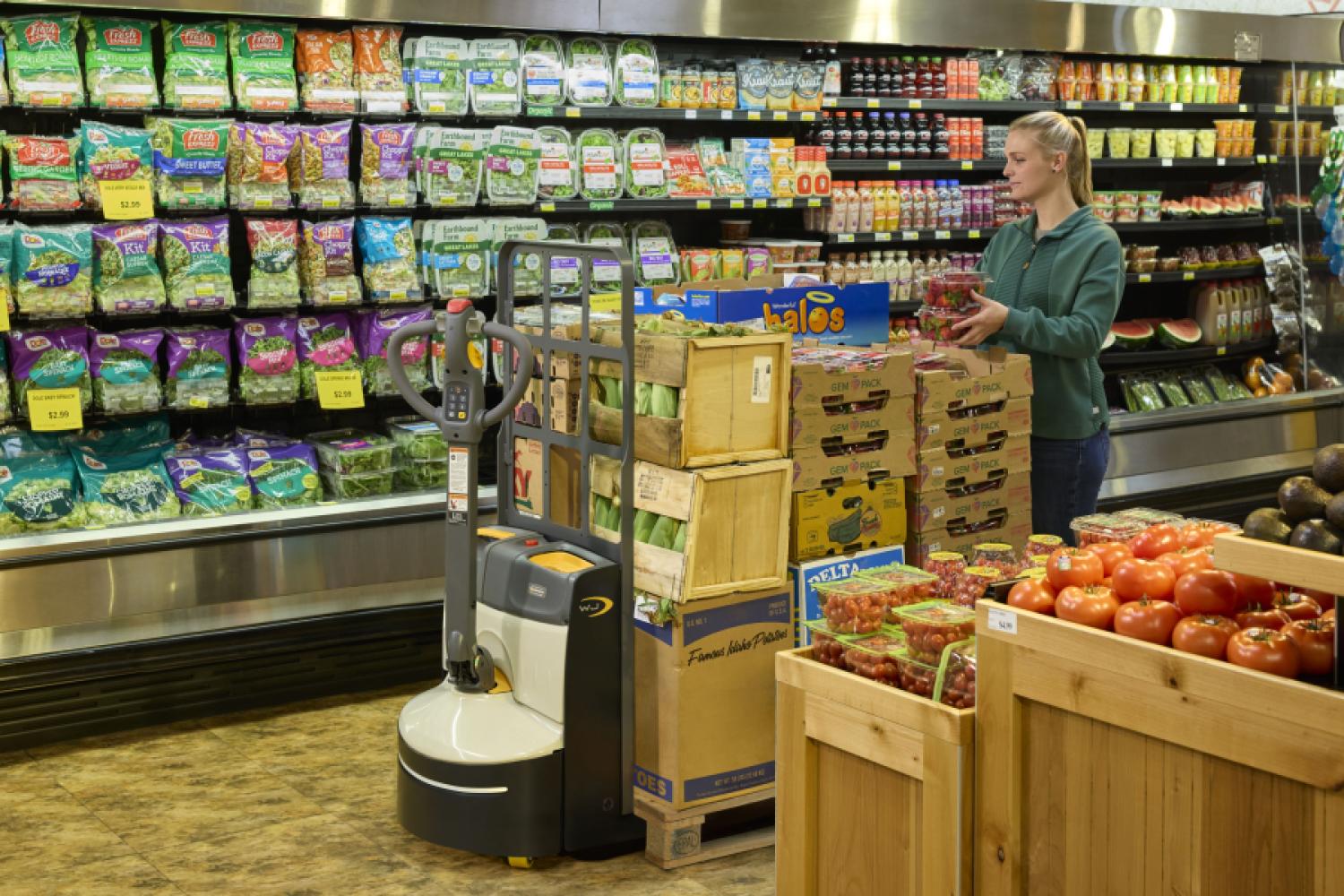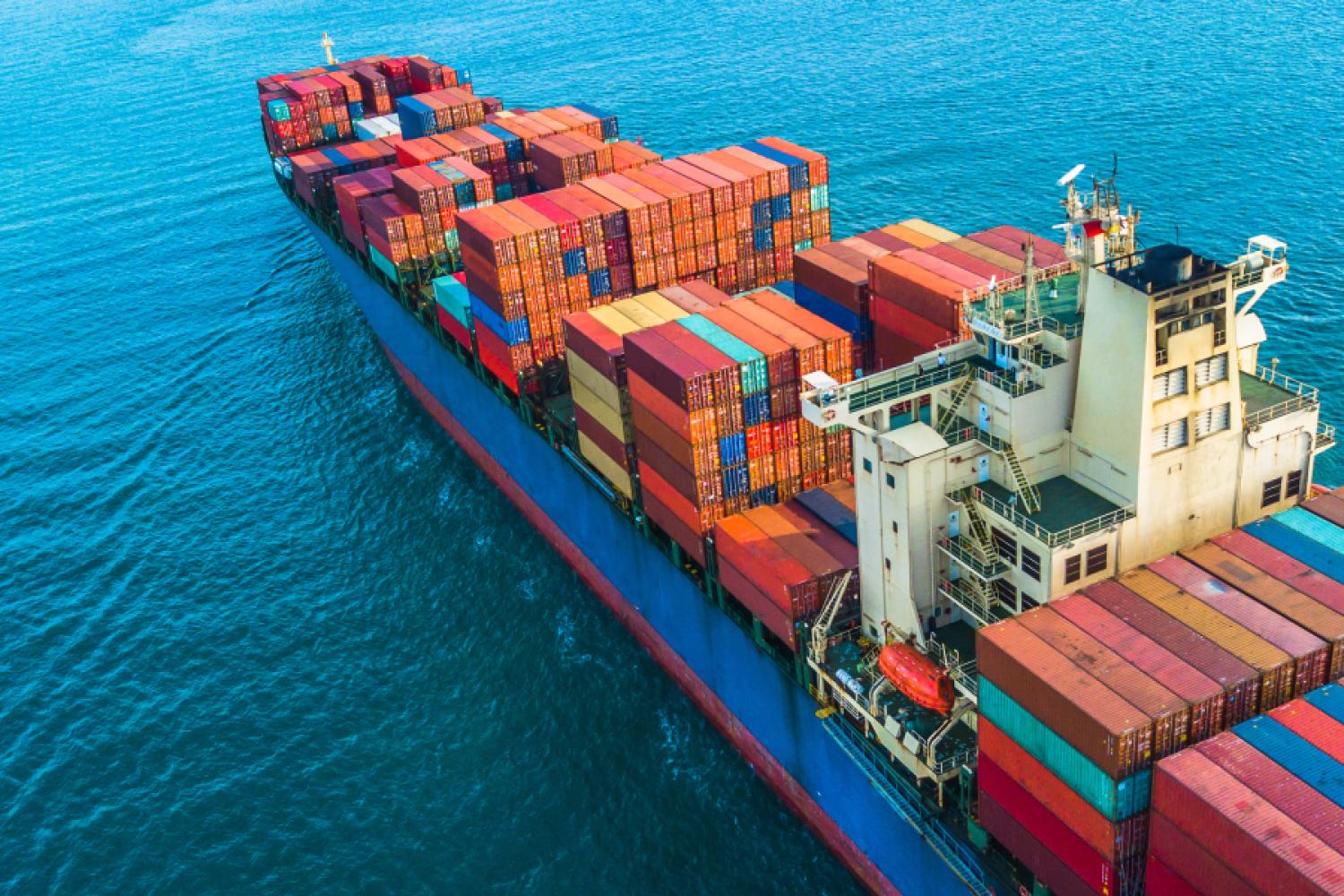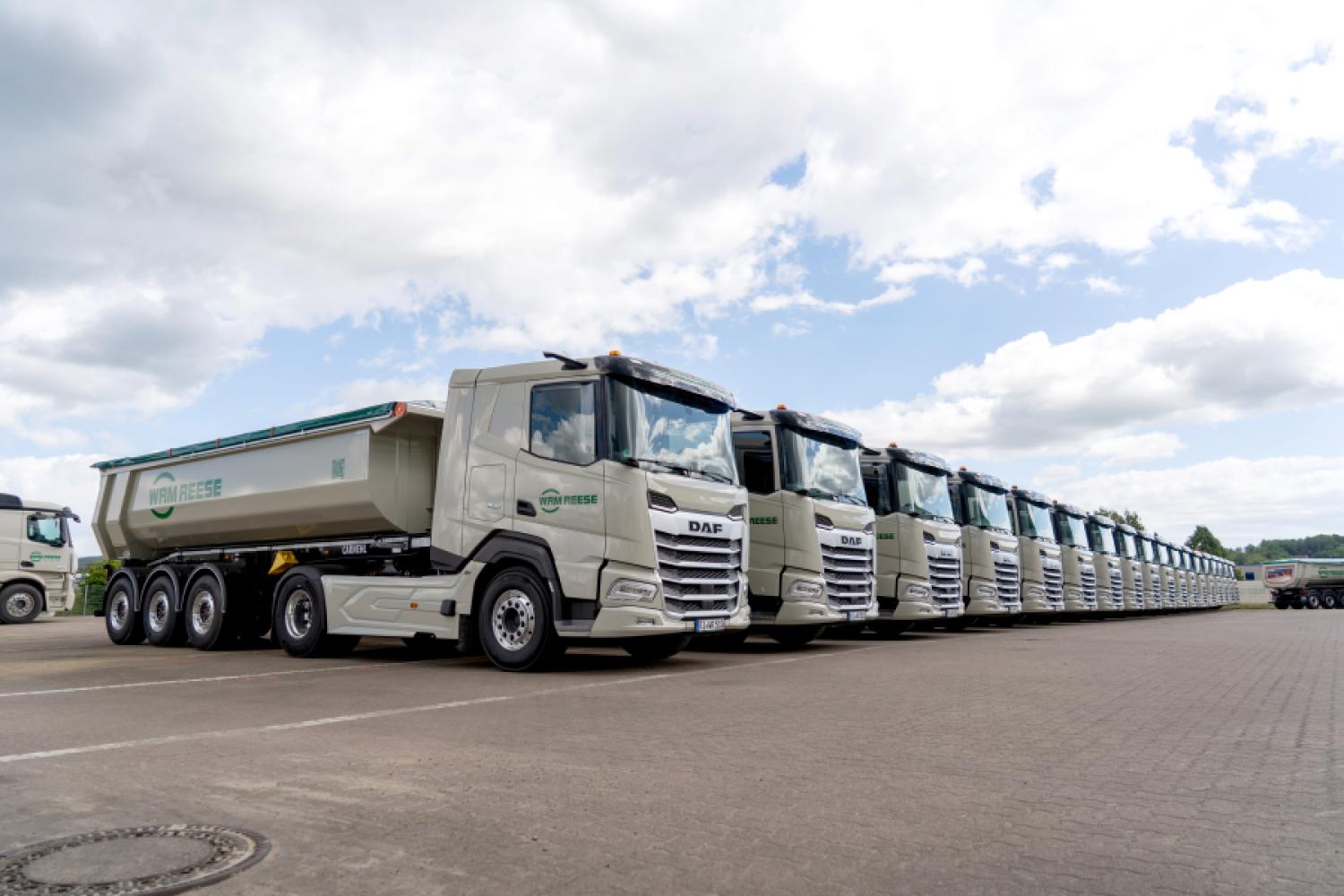The railway must become more reliable and punctual again, both for travelers and for the transportation of goods – there is consensus on this in the black-red coalition. Both Finance Minister Lars Klingbeil (SPD) and Transport Minister Patrick Schnieder (CDU) pointed out in their respective inaugural speeches in the German Bundestag that they want to fix a lot that has gone wrong on the rails with the special fund for infrastructure.
According to experts, a key to achieving this goal is the nationwide implementation of
digital technologies, such as the European Train Control System (ETCS), digital interlockings, and the Digital Automatic Coupling (DAC). All these solutions could contribute to more harmonization of the previously heterogeneous system landscape, improve reliability, and provide more capacity on the rails.
“The future of competitive rail freight transport lies in comprehensive digitization and automation. This is the crucial lever to make processes more efficient, safer, and more sustainable. Politics and industry want to strengthen the competitiveness of the railways through the use of innovative technologies,
reduce the innovation backlog, and at the same time make a significant contribution to the desired modal shift and thus to climate protection. Significant investments are required in the coming years for this,” said the former State Secretary of the then Federal Ministry for Digital and Transport (BMDV), Susanne Henckel, in November 2024.
But so far there can be no talk of a comprehensive implementation of this strategy. On the contrary: industry associations suspect that digitalization on the rail could mainly fail due to a
lack of speed.
“At the current equipment speed, comprehensive digitization of the control and safety technology, the heart of the infrastructure, will not be fully achieved until 2085 – far too late,” warned Andre Rodenbeck, President of the Association of the Railway Industry (VDB), in May of this year.
The cover story of the LOGISTIK HEUTE issue 6/2025, which was published on June 23, shows the advantages that digitization on the tracks could have especially for rail freight transport and where the challenges in implementation






